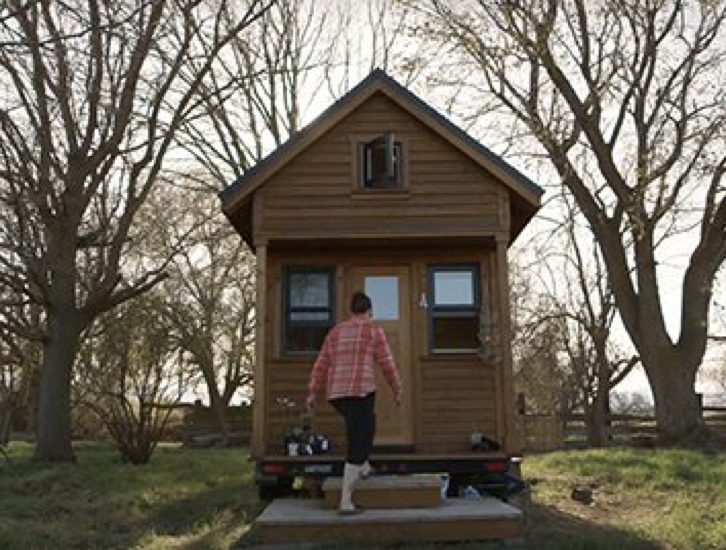Minimalism: A Documentary About the Important Things focuses on two men who call themselves “The Minimalists” and have embraced a lifestyle of consuming fewer material goods and spending more time focusing on the important things. This hour and eighteen-minute documentary was directed by Matt D’Avella and was released in 2016 across various streaming services. Through the use of cinematic modes, beautifully captured and compelling content, and a clear voice on the issue being discussed, Minimalism: A Documentary About the Important Things shows viewers how powerful, and how artistic, a documentary can be.
In documentary filmmaking one question is that of the film’s “currency.” Why does this film say what it does, now? The currency of a film essentially explains why it’s important to produce and show the film at this moment in our lives. More and more people are beginning to like and pick up the idea of living life in a minimalist fashion that doesn’t involve the intake of unneeded consumer goods, which also helps save money in today’s expensive society. Minimalism: A Documentary About the Important Things rode the crest of the new movement’s wave in 2016 and continues to make an argument for its importance today.
Three primary modes are used throughout Minimalism: A Documentary About the Important Things. The first and most prominent mode was the poetic mode. This mode can be seen due to the clean visual associations the film makes in regard to minimalism along with the descriptive passages and formal organization. The second mode utilized in this documentary was the expository mode. The expository mode makes itself known in this film through the problem/solution structure and argumentative logic used to advocate for minimalism, as well as through voice-over commentary. The third mode utilized in this documentary was the observational mode. Although the camera and director may not be as unobtrusive as compared to the work done in, say, the Maylses’ Salesman, aspects of observational filmmaking can still be found in the subjects going about their lives while the director does not actively interact. The quiet, clean, and simplistic characteristics of these cinematic modes fit perfectly with the structure of minimalism and hence add style to the film.
Minimalism’s approach suits its content perfectly. The beautifully captured and compelling content that is seen in this film has had a profound effect on its viewers, and also conveys the difference between a minimalist and non-minimalist lifestyle. Many of the beautiful shots captured throughout the film go hand-in-hand with a minimalist approach, such as shots of a single subject in a deserted location or minimalist homes. The compelling content is mainly comprised interviews regarding the negative effects of the compulsive consumption of unneeded items, along with “found footage” of Black Friday shoppers trampling each other and getting into fights over materialistic items. The footage that makes up this documentary is what really helps to back up the storyline and message of this film; which is to get away from chasing materialistic things and focus on living simply which can help one be happier.

Tiny Houses are just one example of the minimalist lifestyle explored in Minimalism: A Documentary about the Important Things.
The voice in Minimalism: A Documentary About the Important Things primarily focuses on the importance of why it’s beneficial to stop consuming material items that we don’t need and start putting our attention on things that are more important. Many personal anecdotes discuss the issue of compulsory consumption. Interviewees share how their climb up the corporate ladder, in the desire to be well off, forced them to realize that what they were doing wasn’t making them happy at all. Others shared that buying consumer products they didn’t need caused them to live paycheck to paycheck. This voice in the documentary is meant to not only inform you about the positives of minimalism but persuade you to consider–or even adopt–its tenets.
Minimalism: A Documentary About the Important Things describes the positive outcomes that can result from adopting a minimalist lifestyle, while informing its audience of the negative effects of compulsory consumer purchases. Matt D’Avella uses poetic, expository, and observational modes to visually display the beauty of a minimalist lifestyle, while also incorporating compelling content with a persuasive voice to get the desired message across. Documentaries have the power to teach everyone something whether it’s big or small, and Minimalism: A Documentary About the Important Things teaches us that what we need to be happy is to be surrounded not by objects we accumulate but by those we love.
Minimalism: A Documentary about the Important Things is currently streaming on the subscription service Netflix and available for purchase or rental on other streaming services.


Trackbacks/Pingbacks